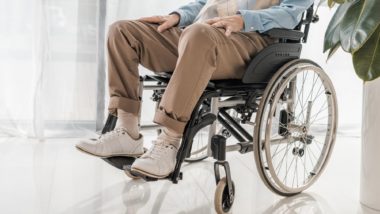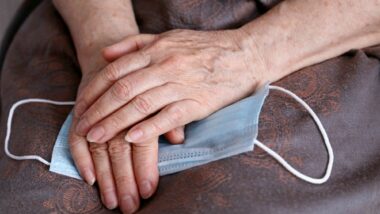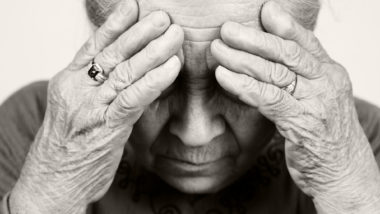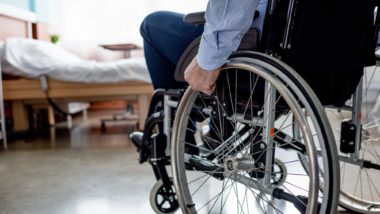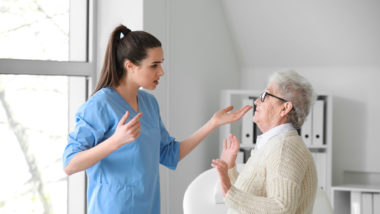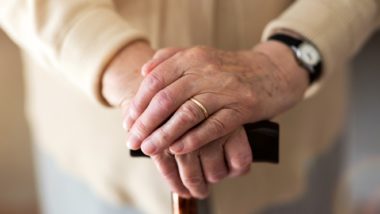Top Class Actions’s website and social media posts use affiliate links. If you make a purchase using such links, we may receive a commission, but it will not result in any additional charges to you. Please review our Affiliate Link Disclosure for more information.

Anyone who is bedridden due to illness, injury or age is at greater risk of bedsores without proper attention to positional changes.
What Are Pressure Ulcers, Also Known as Bedsores?
Pressure ulcers are raw, sore spots that can develop because blood flow is impaired as pressure is continuously placed upon the capillaries that provide blood to the skin and the thin layers of tissue underneath the skin. According to Harvard Medical School’s website, the lack of nutrients being delivered to the skin cells stops the body from ridding the cells of metabolic waste. Without proper blood flow, the cells break down and die. Bedsores then develop.
Where Are Pressure Ulcers Most Likely to Develop?
If a patient is confined to a bed, pressure ulcers are most likely to develop on the back or sides of the head, shoulder blades, hip, tailbone, lower back, heels, ankles or in the skin behind the knees.
When a patient is confined to a wheelchair, pressure sores are more apt to appear on the backs of arms and legs that rest against the chair, the tailbone or buttocks, or in the shoulder blades or spine that has constant contact with the chair.
What Causes Bedsores?
According to the MayoClinic.org, two other factors contribute to the development of bedsores in addition to lack of movement. Any friction that occurs when clothing or bedding rubs against the skin can cause less-than-healthy skin to become more apt to rub raw, allowing for a bedsore.
The other mitigating factor is shear, which is the occurrence of two surfaces moving in different directions. Mayo gives an example of a patient sliding down in bed when the head of the bed is elevated. As the patient slides down, the skin over the tailbone might not move, which could cause the skin to rub raw.
Can Good Nutrition Prevent Pressure Ulcers?
Patients who consume enough calories, protein, vitamins and minerals on a regular basis will maintain healthier tissues and skin. Adequate water intake is essential, too, for proper hydration.
What if the Patient Has a Loss of Sensation?
A loss of sensory perception due to spinal cord injuries or neurological diseases can cause a dulling or complete loss of sensation in certain parts of the body. This inability to feel uncomfortable interferes with the body’s own warning system that you need to change your position to prevent pressure ulcers.
Can a Nursing Home be Sued for Negligence Due to Bedsores?
There have been lawsuits filed against nursing homes when neglected patients have developed and sometimes even died due to complications from severe pressure ulcers.
What Are the Stages of Pressure Ulcers?
According to WebMD.com, there are four stages of bedsores.
Stage 1 is the mildest stage affecting only the top layer of the skin, which may experience a burning or itching sensation.
Stage 2 occurs when the pressure ulcer has become an open wound that may appear like a pus-filled blister.
Stage 3 is recognized when the sore has deepened and reached the fat tissue that lies beneath the second skin layer. The bedsore will look like a crater, have a bad odor and appear infected with red edges, pus or drainage.
Stage 4 is the most serious pressure ulcer that becomes so deep and large that tendons, muscles and bone may become evident. Advanced infection may turn into sepsis, an often deadly blood infection.
In general, nursing home neglect lawsuits are filed individually by each plaintiff and are not class actions.
Do YOU have a legal claim? Fill out the form on this page now for a free, immediate, and confidential case evaluation. The attorneys who work with Top Class Actions will contact you if you qualify to let you know if an individual nursing home neglect lawsuit or class action lawsuit is best for you. Hurry — statutes of limitations may apply.
ATTORNEY ADVERTISING
Top Class Actions is a Proud Member of the American Bar Association
LEGAL INFORMATION IS NOT LEGAL ADVICE
Top Class Actions Legal Statement
©2008 – 2024 Top Class Actions® LLC
Various Trademarks held by their respective owners
This website is not intended for viewing or usage by European Union citizens.
Get Help – It’s Free
Join a Free Nursing Home Neglect Class Action Lawsuit Investigation
If you qualify, a nursing home lawyer will contact you to discuss the details of your potential case at no charge to you.
PLEASE NOTE: If you want to participate in this investigation, it is imperative that you reply to the law firm if they call or email you. Failing to do so may result in you not getting signed up as a client or getting you dropped as a client.
Oops! We could not locate your form.





